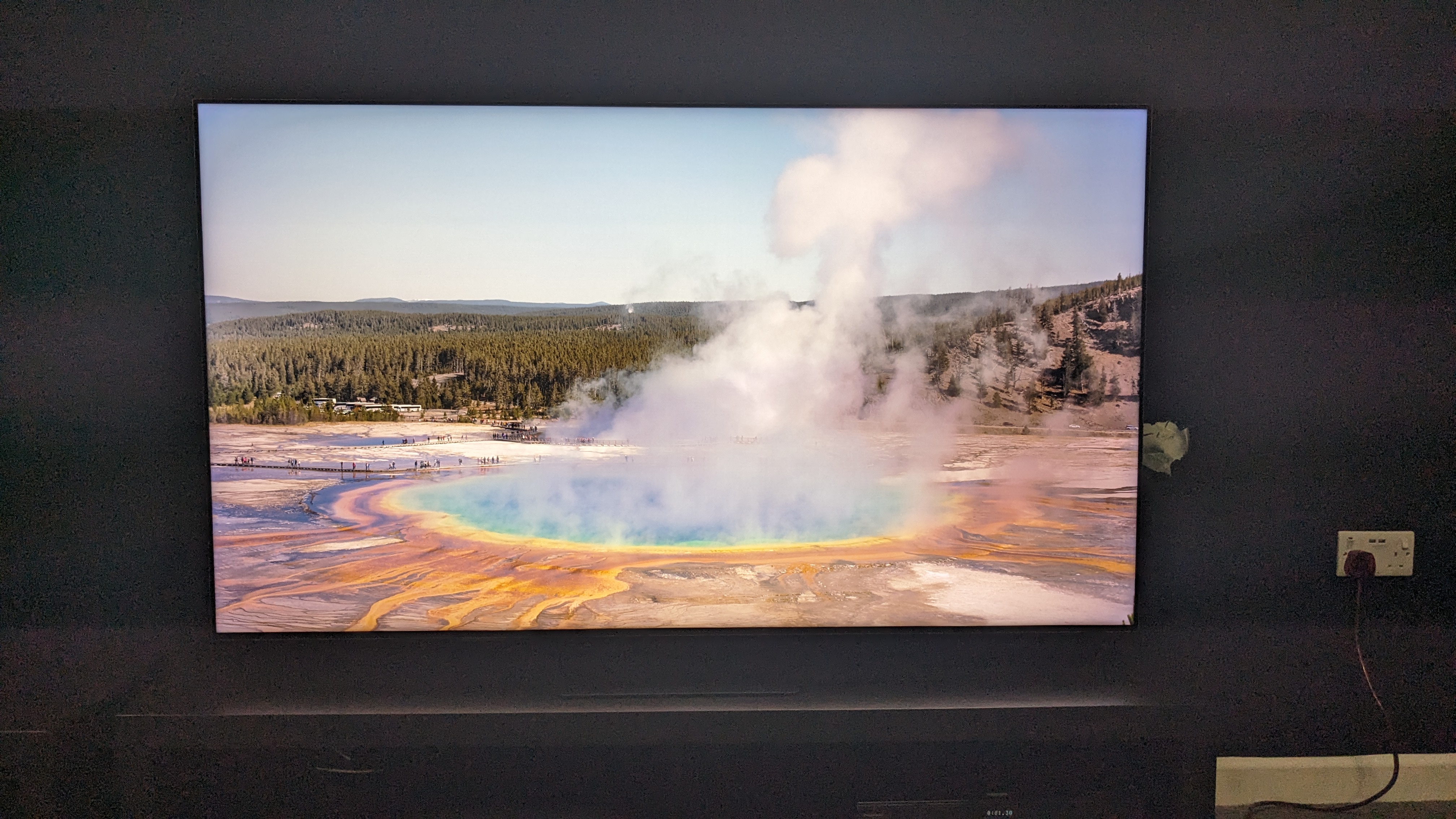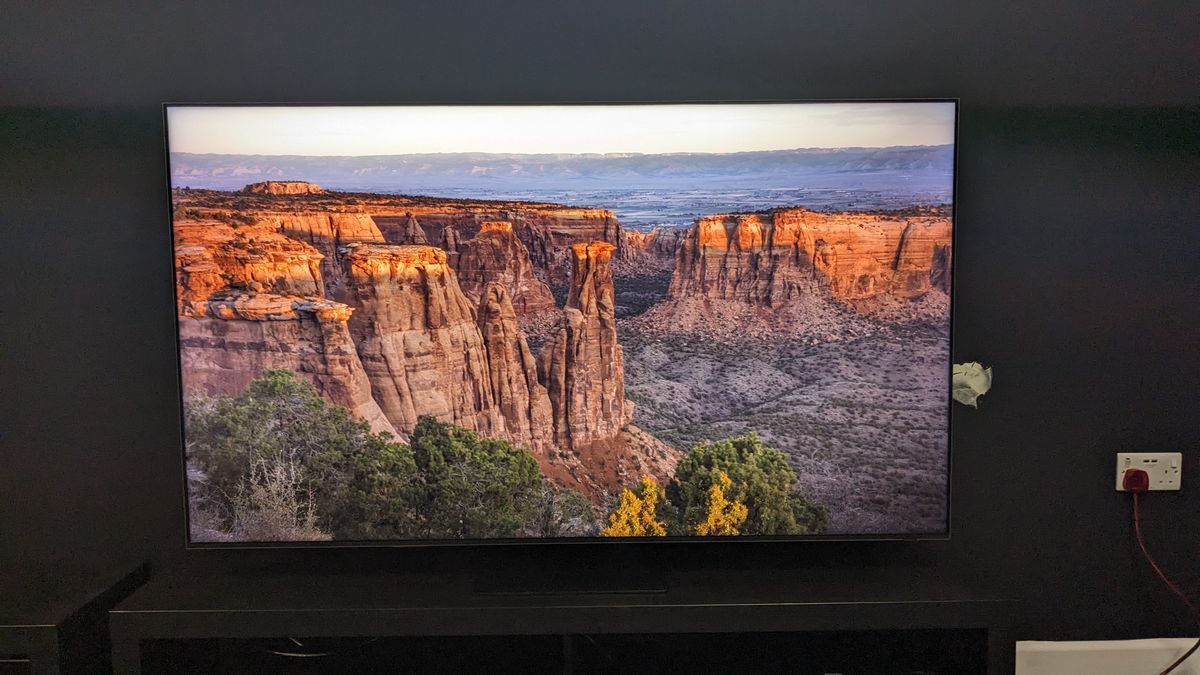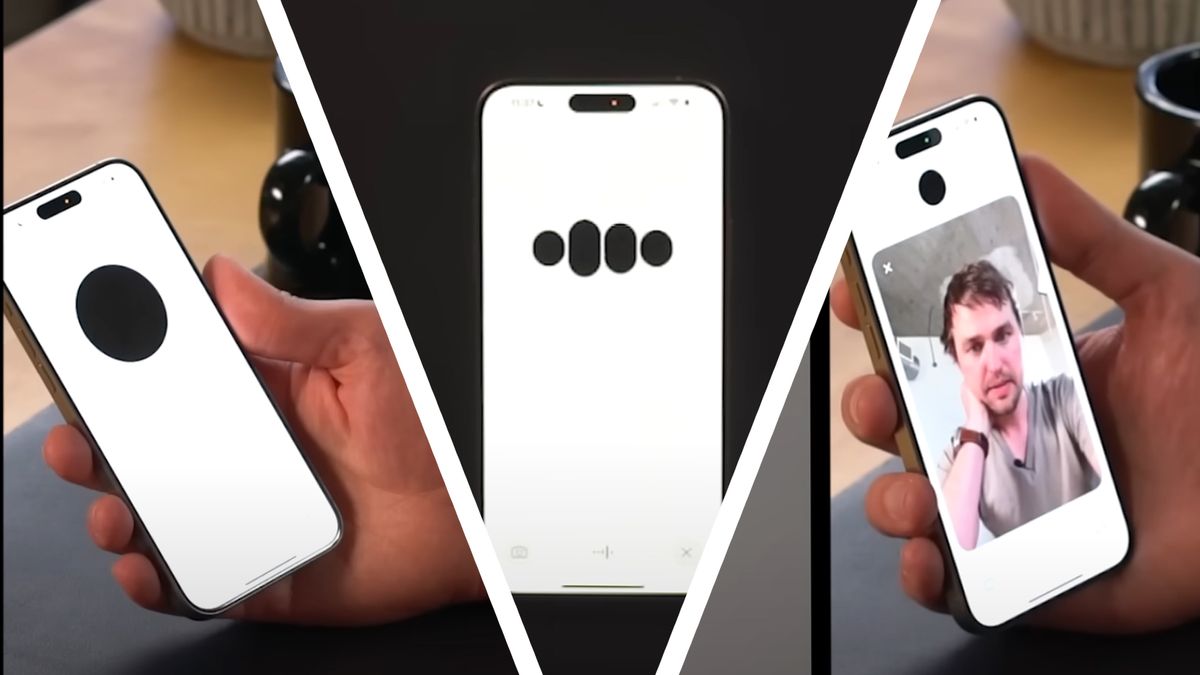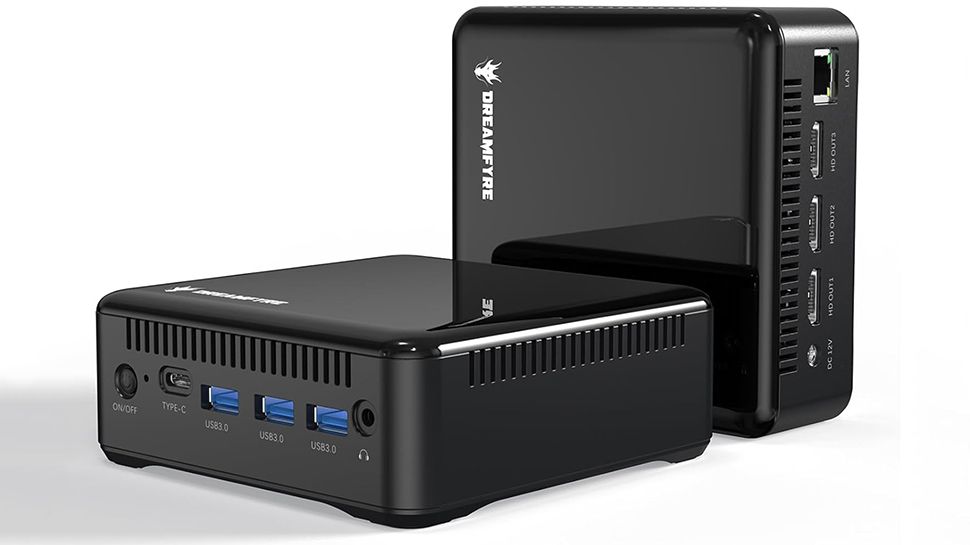8K TVs have been slow to gain traction due to the lack of 8K media (except for some compressed 8K videos on YouTube, there aren't many available) and their high prices. It's fair to say that you'll pay thousands more for an 8K TV than a 4K TV of the same size and screen type.
Some brands that have flown the 8K flag (LG, Sony, TCL, Hisense) have stopped launching 8K TVs or abandoned them altogether after discovering that sales were not matching the investment. At the end of 2023 we asked what happened to 8K TVs, since they were supposed to be the next big thing.
One brand that continues to fly the 8K flag is Samsung, which makes the best 8K TVs available. And while they are still expensive, they are less expensive than the competition. As an example, LG's flagship 8K OLED for 2023, the Z3, launched for $9,999 / £14,999 / AU$15,999, while Samsung's flagship 8K mini-LED, the Samsung QN900C, launched for $6,299 / £ 6,299 / AU$8,999. Those prices have since dropped, but there is still a difference of thousands of dollars between them.
I was recently testing Samsung's mid-range 8K mini-LED TV, the QN800D, a model that sits below the Samsung QN900D, a model we loved and rated five stars in our review. I went into testing with skepticism about 8K TVs. However, after spending some time with the QN800D, 8K is starting to grow on me.
Detail, precision and improvement
Looking with the QN800D, image details are front and center. Any font looks crisp and clean with exceptional textures; Even intricate details such as seams on clothing and imperfections on skin can be clearly seen. When looking the batmanIn a close-up of Batman's face, I noticed a faint trace of stubble that I hadn't seen on any other TV.
A lot of this comes down to AI. The QN800D is equipped with Samsung's NQ8 Gen 2 AI processor, which among a host of AI enhancements comes with two critical AI features: Real Depth Enhancer Pro and 8K AI upscaling.
Real Depth Enhancer Pro also appears on the NQ4 Gen 2 AI processor found in the Samsung S95D OLED. That TV also surprised me with its impeccable details, so it's no surprise that this feature is also working magically on the QN800D.
But it's the AI upscaling to 8K that really sets the QN800D apart. The 4K Blu-ray discs I saw were taken to a whole new level, not only with improved textures but also bright, bold colors and rich contrast that added depth and sharpness to any 4K image.
Demo images in the Spears and Munsil UHD Benchmark 4K Blu-ray, a staple for TV testing, showcased the QN800D's exceptional range. Potentially blinding whites in snowy landscapes were expertly handled, a field of red flowers was vibrant without being overwhelming, and close-ups of animals, including owls and lizards, looked so realistic you'd want to reach out and touch them. This was all due to Samsung's 8K upscaling.

It wasn't just with 4K media. When watching HD and lower resolution TV broadcasts, the often smooth textures were greatly improved and given a much cleaner look, something that's not easy to do on a 65-inch screen.
The QN800D seemed to add that little extra to the picture even with games, which often look good on TVs thanks to the power of today's consoles and PCs. Playing Battlefield V on Xbox Series
Final thoughts
Am I saying that 8K TVs are a must-have for anyone? No. Despite an exceptional picture, there is still a question of price, with Samsung's 8K TVs costing significantly more than its 4K mini-LED and OLED models and its rivals' flagship 4K OLED TVs. Even the giant 98-inch mini-LED TVs from TCL and Hisense can be a better deal.
But, while I once thought 8K TVs were all but dead, with Samsung seemingly the only one flying the 8K flag, I get it now. The QN800D has shown me that there's something to be said for 8K upscaling when done right: it adds a whole new layer to 4K, bringing a new perspective to movies I've seen countless times.
An 8K TV will always be more expensive than a 4K TV due to manufacturing costs. But if prices can be reduced, 8K TVs may still have a bright future. I for one have become an 8K believer.









